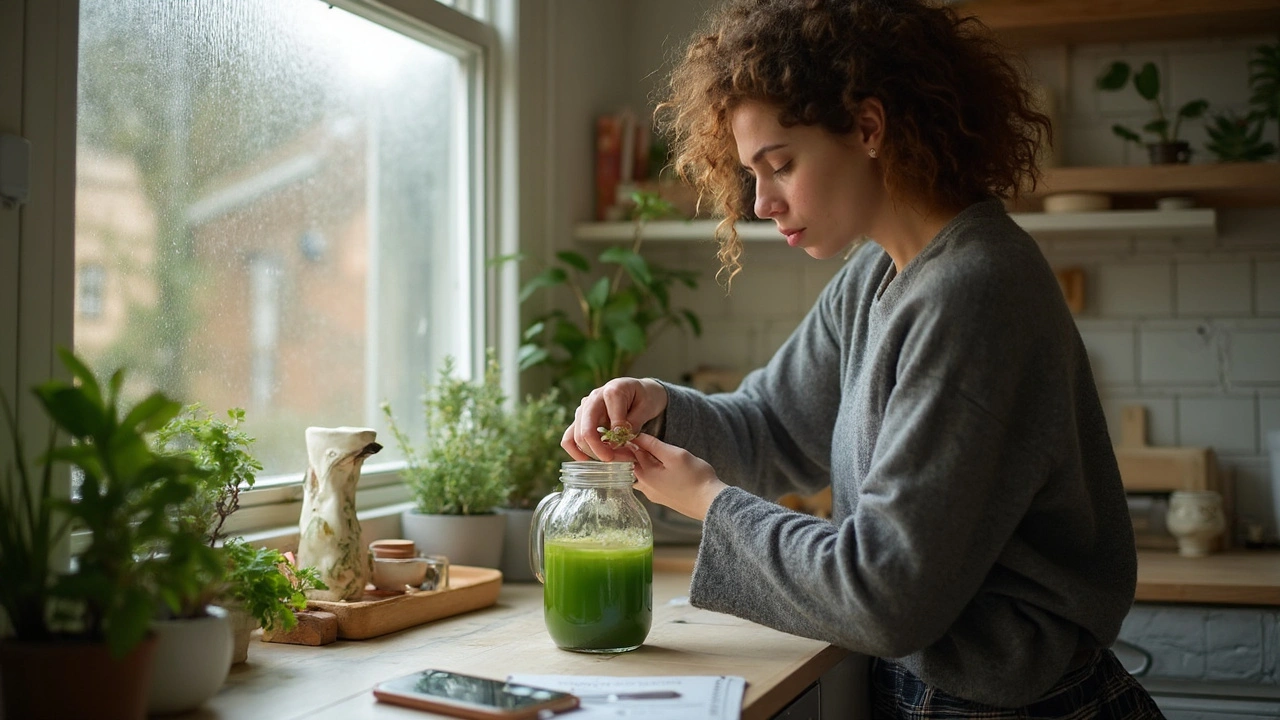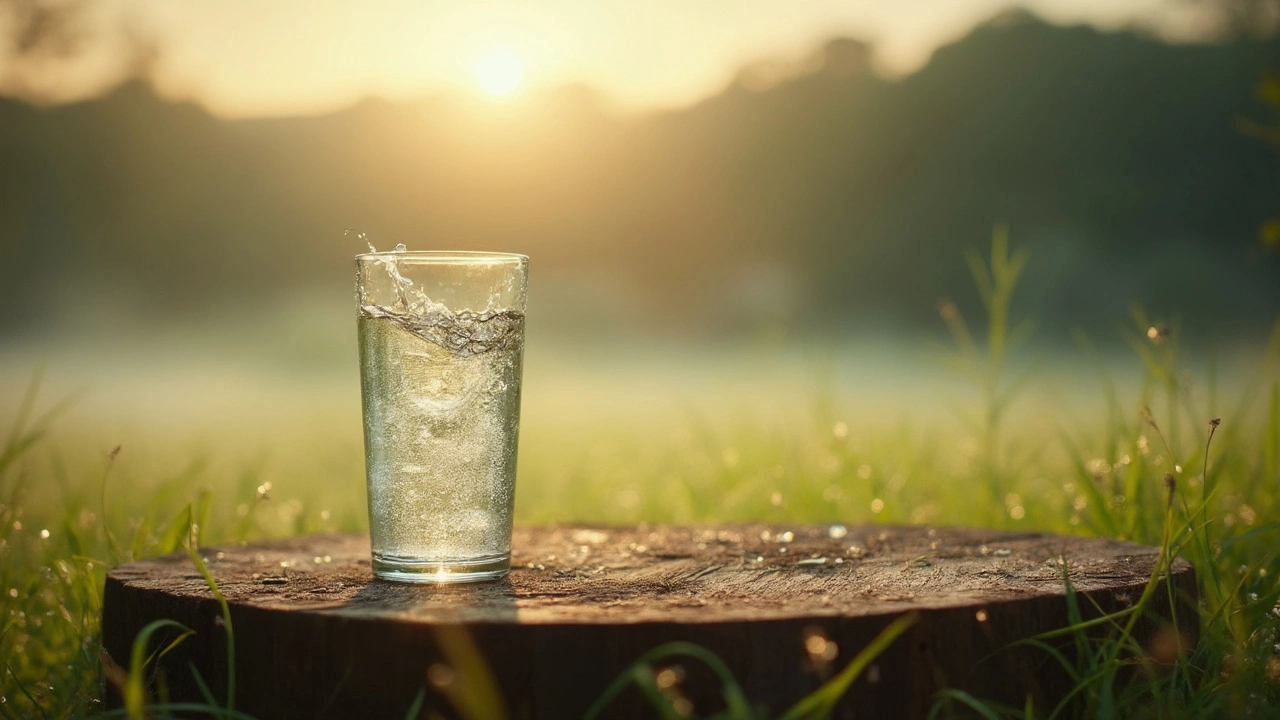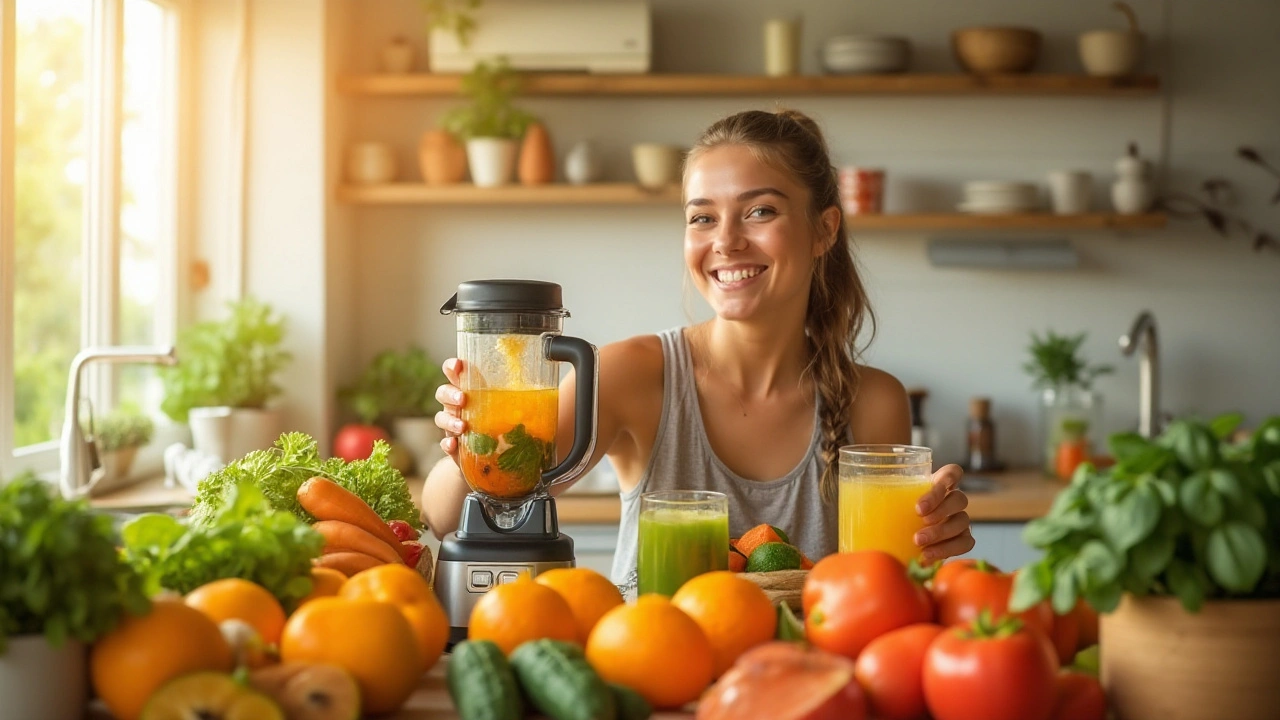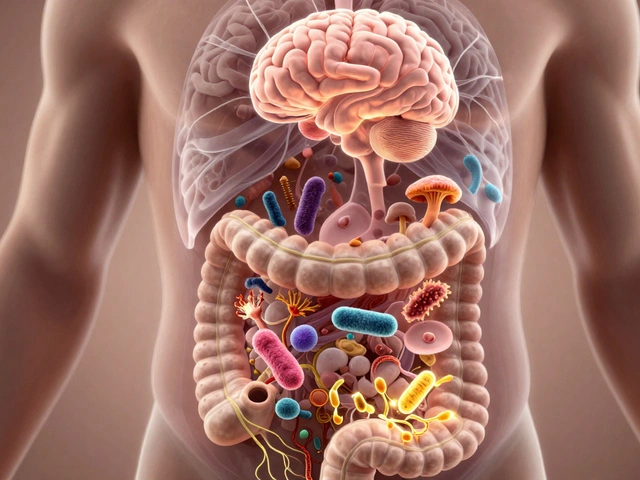Hydration for Dogs: Keep Your Pup Safe and Comfortable
Dogs can lose 5–10% of their body water before you see clear signs of trouble. That gap makes it easy to miss early dehydration, so knowing what to watch for and what to do matters every day.
How much water does my dog need?
Use a simple rule: about 30–60 ml per kg of body weight per day (roughly 0.5–1 ounce per pound). A 10 kg (22 lb) dog needs around 300–600 ml daily. Activity, heat, age, pregnancy, lactation and illness push needs higher. Watch working dogs, seniors and puppies closely—they often need extra fluids.
If your dog drinks much less than usual or suddenly drinks a lot more, treat it as a flag. Big changes in thirst can signal infection, kidney issues, diabetes or other problems—call your vet if you notice a sudden shift.
Spot dehydration fast
Use quick, hands-on checks you can do at home. Gently lift the skin at the back of the neck: it should snap back within a second. If the skin stays tented or returns slowly, that suggests dehydration. Check the gums: healthy gums are moist and pink. Dry, tacky or very pale gums are a warning. Other signs include sunken eyes, lethargy, reduced urination, and decreased appetite.
For severe signs—weakness, rapid breathing, collapsing, or very pale gums—get to an emergency vet right away. Severe dehydration can be life-threatening and often needs IV fluids.
Use your dog’s pee as another clue: light straw color is good. Dark yellow or very concentrated urine means they need more water.
Quick tip: weigh your dog weekly. Sudden weight loss can mean fluid loss or illness before other signs show.
Quick fixes and prevention
Keep fresh water available in at least two spots at home. Clean bowls daily—dogs avoid dirty water. Try a pet water fountain; many dogs drink more from moving water. On walks, bring a collapsible bowl and fresh water—offer small sips rather than one big gulp after heavy exercise to avoid vomiting or, in deep-chested breeds, increased bloat risk.
Make water tastier with low-sodium chicken or beef broth (no onions/garlic). Add wet food or mix a bit of broth into dry kibble to boost fluid intake. For short-term dehydration after vomiting or diarrhea, ask your vet before offering unflavored electrolyte solutions—some vets recommend small amounts of Pedialyte, but always confirm the right dose.
In hot weather, limit peak exercise and provide shade. For seniors or dogs with medical issues, schedule water checks and follow vet guidance on fluid support.
Hydration is simple to manage if you watch for changes and keep water easy to reach. Small habits—clean bowls, extra water spots, broth or wet food—can prevent most problems and keep your dog happy and well.

Why Health Juice Should Be Your Morning Ritual: Benefits, Low-Sugar Recipes, and a 5‑Minute Habit Plan
Make health juice your morning ritual with science-backed benefits, simple low-sugar recipes, and a 5‑minute habit plan. Smarter juice, more energy, zero fuss.

Health Benefits of Drinking Water: Essential for More Than Just Quenching Thirst
Drinking water does more than just quench thirst; it's vital for overall health and wellbeing. This article explores the surprising roles water plays in bodily functions, including weight management, cognitive performance, and skin health. We'll also share practical tips to make sure you're adequately hydrating throughout the day. Discover why water is crucial for maintaining energy and reducing health risks. Learn how to easily boost your hydration habits for a healthier lifestyle.

Health Juice: Your Easy Route to Better Hydration
Dive into the world of health juices and discover how they can transform your hydration habits. Learn simple recipes, understand the benefits, and uncover tips to integrate these nutritious drinks into your daily routine. This article offers practical advice and interesting facts to help you stay hydrated and healthy.

Unlocking the Secrets of Gut Health
Dec, 3 2025

Creative Arts Therapies: A Pathway to Happiness
Feb, 26 2025


